How to understand and play diatonic chords on a piano or MIDI keyboard
Learn about diatonic triads and how they form major and minor chords

Triads are three-note chords made up of the lowest note (known as the root note), a middle note, (the third), and the top note (the fifth). But when you play a set of diatonic chords like this, built using notes that all belong to a major scale, why do some of them end up being minor chords instead of major?
A major scale is major due to the set pattern of intervals between its notes, or ‘degrees’. The interval between the first two degrees, C and D, is a whole tone, between the next two, D and E, is another whole tone, but between E and F the interval is a semitone. Going on, if T stands for whole tone and S for semitone, the full intervallic pattern for a major scale is T-T-S-T-T-T-S.
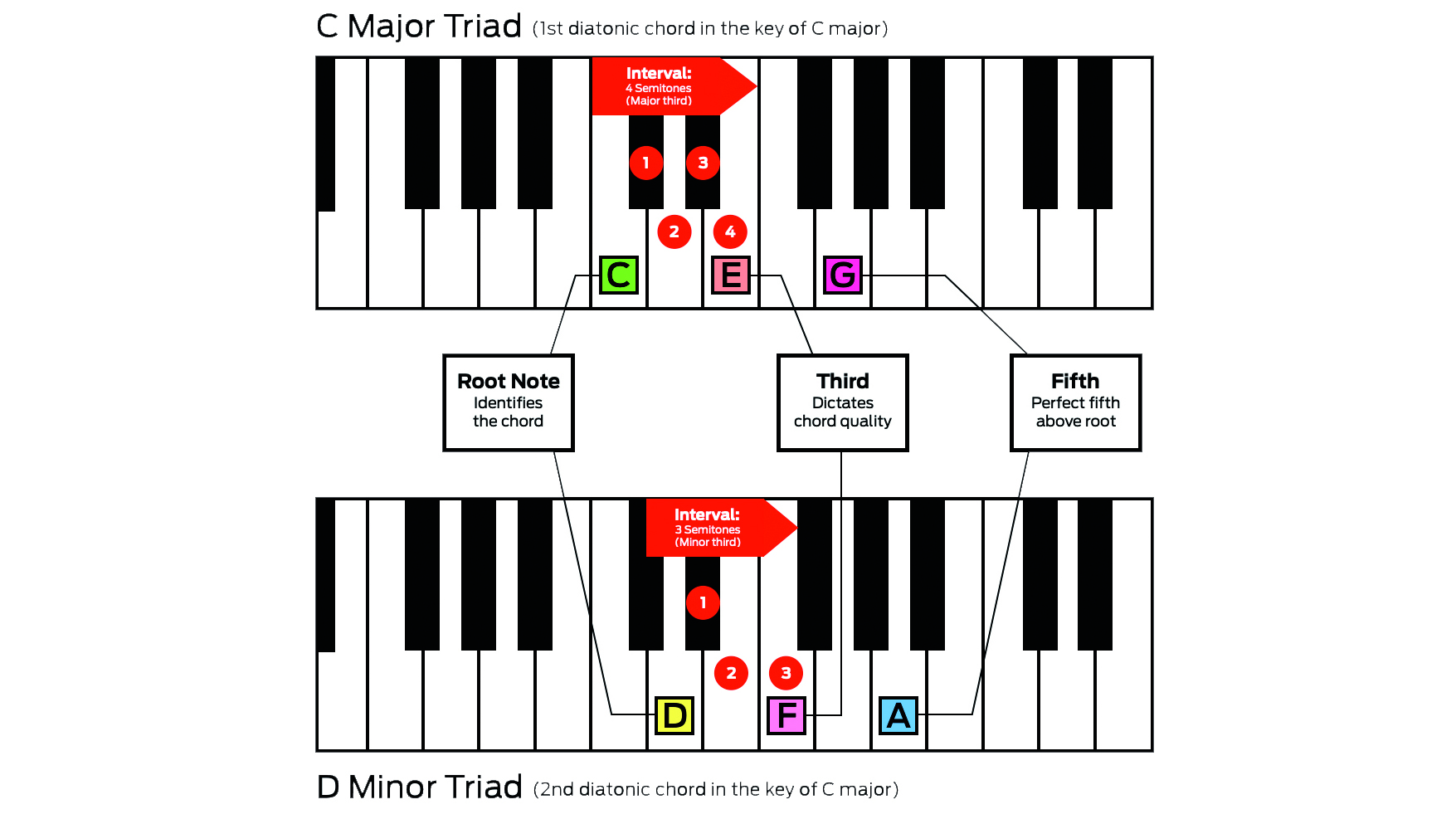
A chord’s major or minor-ness is known as its quality, and chord quality depends on the number of semitones or ‘interval’ between the third and root note. Diatonic chords mean you can only use scale tones to form them, so as the scale has a set intervallic pattern, the interval between the root note and the third will vary from chord to chord.
So, with a C major chord, you have C as the root and E as the third, a distance of four semitones. This equates to a major third interval, which gives a C major chord its major quality. Go to the next note in the C major scale, however - D - and form the diatonic D chord using alternate notes from the scale, and the distance between its D root and F third reduces to three semitones. This is a minor third interval, which in turn makes the diatonic D chord in the key of C major a minor chord - D minor.
Continue on up the scale playing diatonic triads, and you’ll find that the irregular intervallic pattern produces a mixed bag of major and minor chords (plus one diminished chord), as the interval between each chord’s root and third changes as you go up.
Getting used to chords
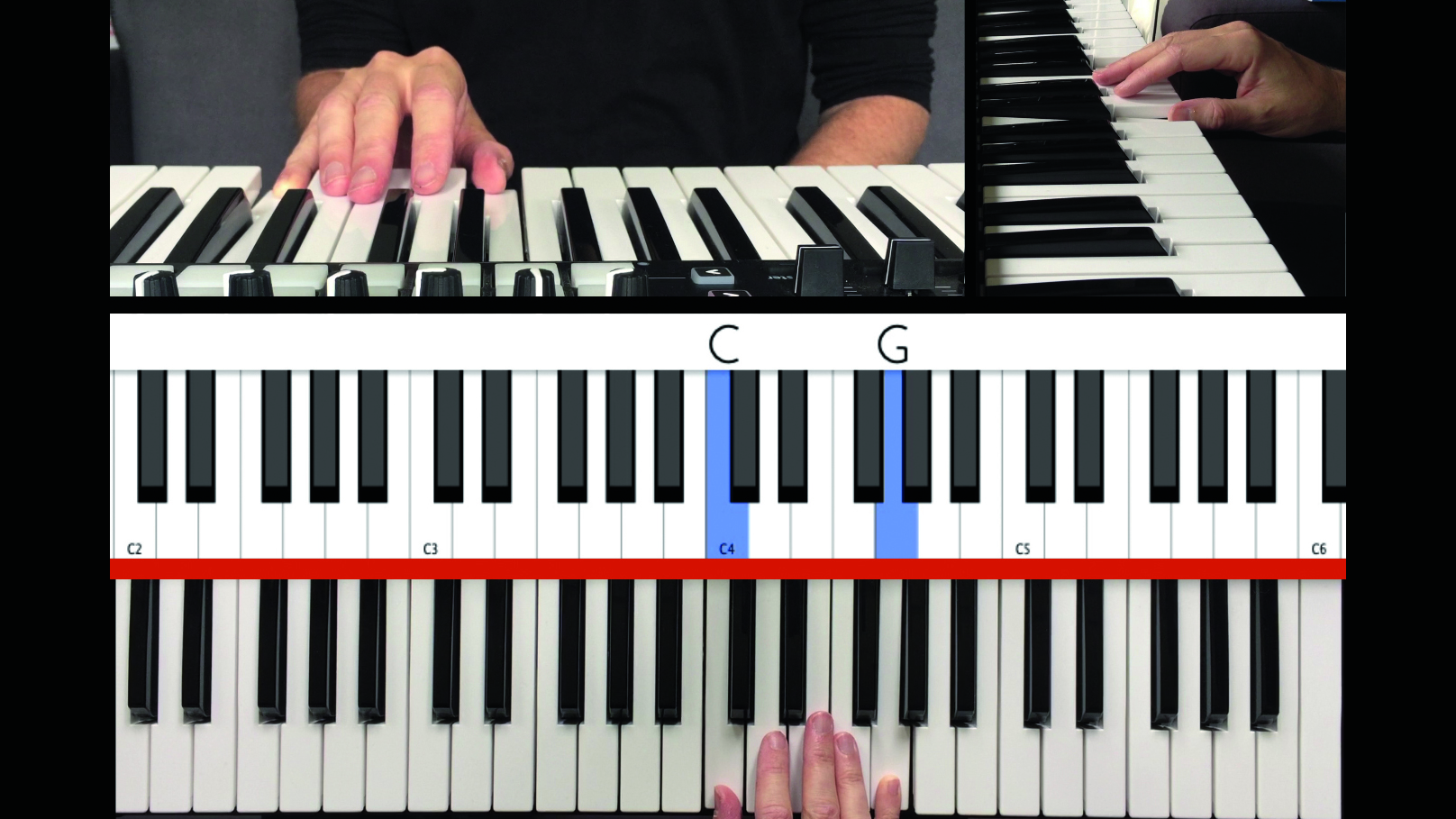
Step 1: Move things around a little and get to know a few more triads. To keep things simple to start with, we’re going to play a sequence of chords that are all rooted on the notes or ‘degrees’ of the C major scale. Because they belong to the scale, these are known as ‘diatonic’ chords. Start by forming the C power chord, finger 1 on C and 5 on G.
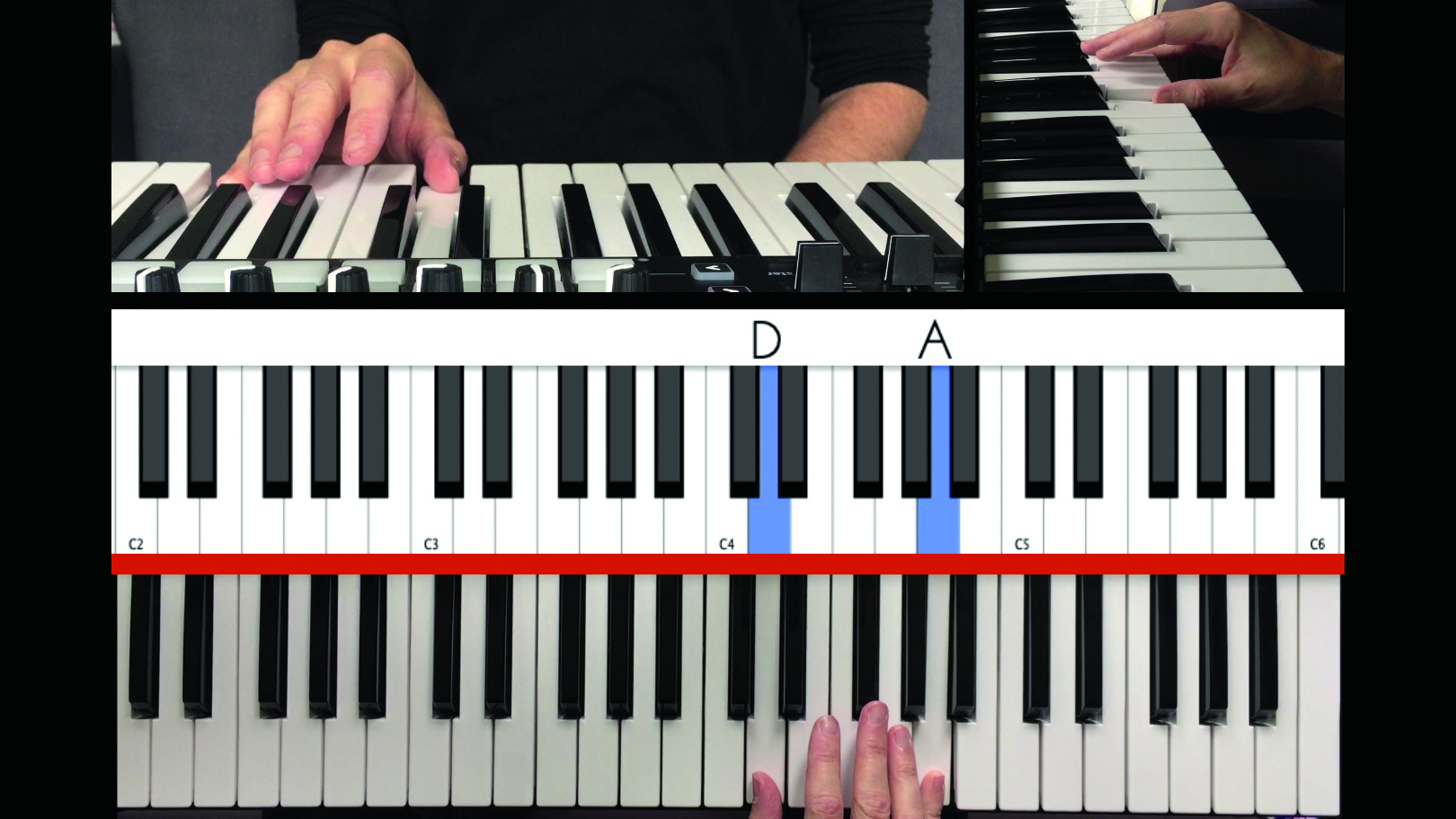
Step 2: Play the C chord, hold it for a beat, then move your whole hand up the keyboard so that your thumb now rests on the next white key along - D. Keeping the same power chord shape, you should find that finger 5 has moved up with it automatically to play the note A. Play the D power chord, keeping equal pressure on the keys.
Want all the hottest music and gear news, reviews, deals, features and more, direct to your inbox? Sign up here.
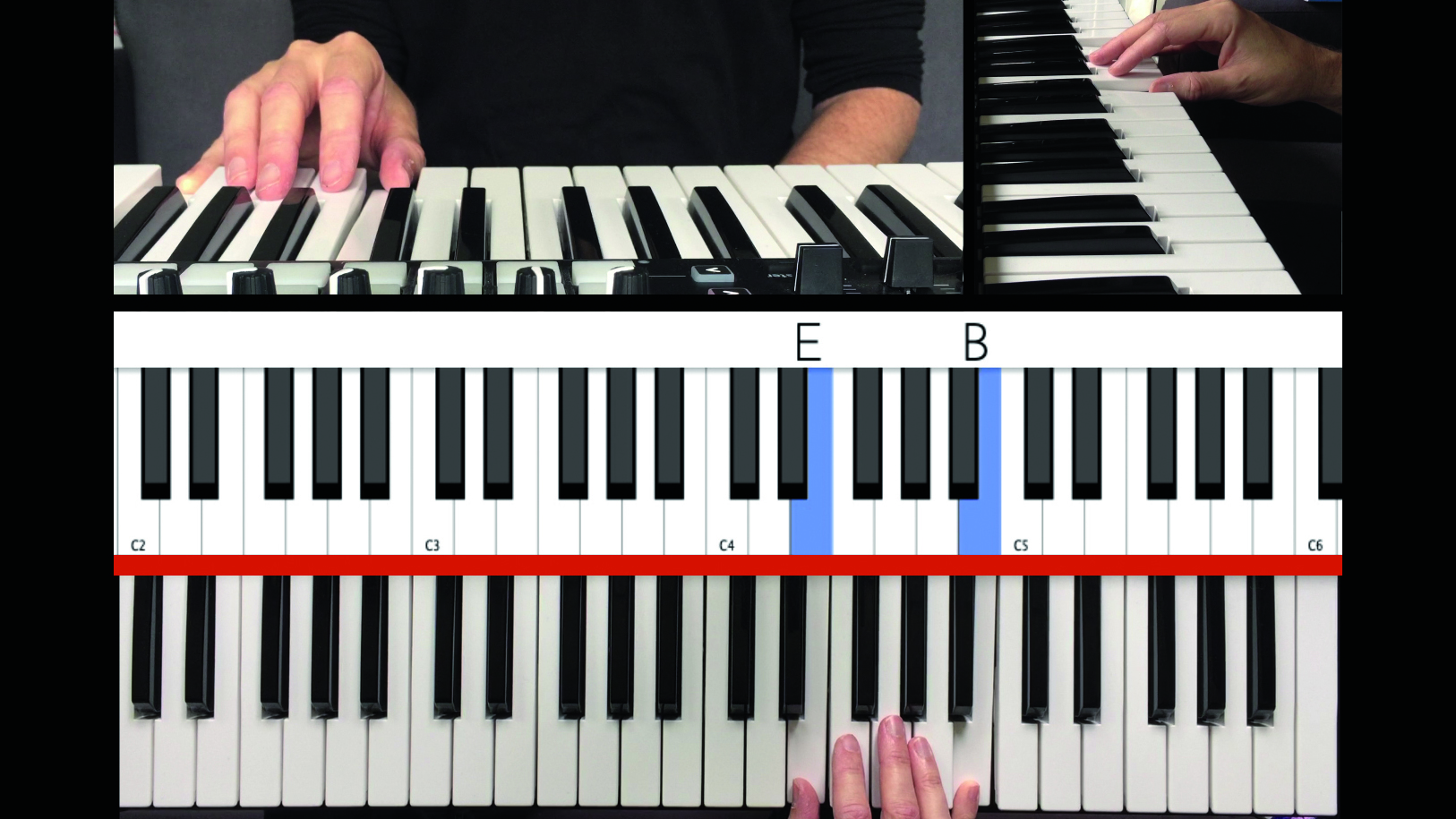
Step 3: Once you’ve played the D chord, make the same move again, one white key up, so that your thumb is on E and finger 5 is now on B. Play this chord - the E power chord - then move on again to F, G and all the way up until you hit the C power chord an octave up from where you started.
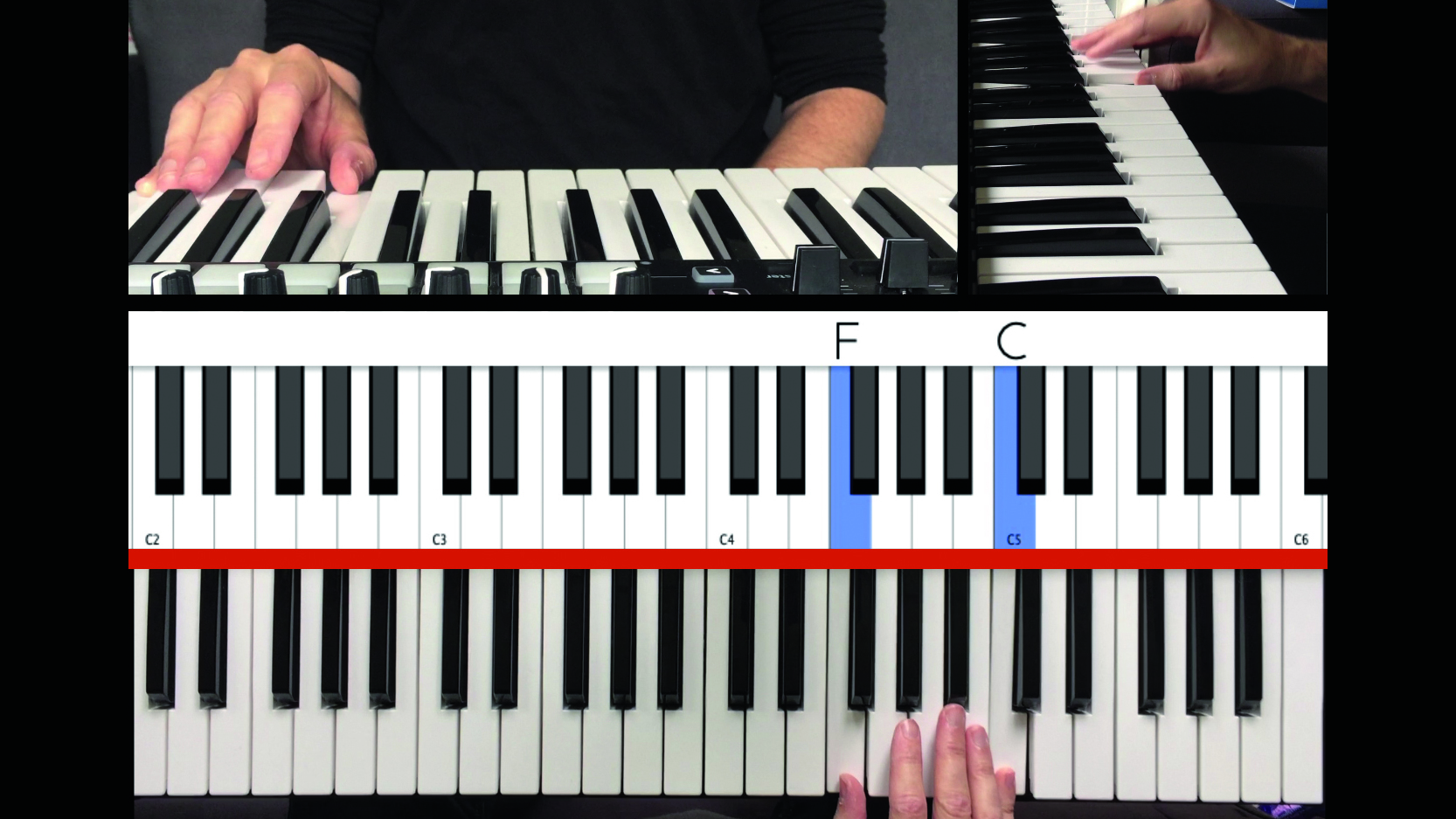
Step 4: Now work your way back down again through the scale, maintaining the correct distance between your thumb and finger 5, but without your hand becoming overly rigid. Once you’ve got the hang of playing accurately each time, add in the left hand an octave below and play the same thing with both hands together.

Step 5: Time to get finger 3 into the act. Repeat the exercise, but this time adding in finger 3 to the right hand to start from a full C major triad. When you move up to the D, maintain the chord shape so that your thumb falls on D, finger 3 on F and finger 5 on A to play a D minor triad. After D, move up again to frame an E minor triad (E, G, B).
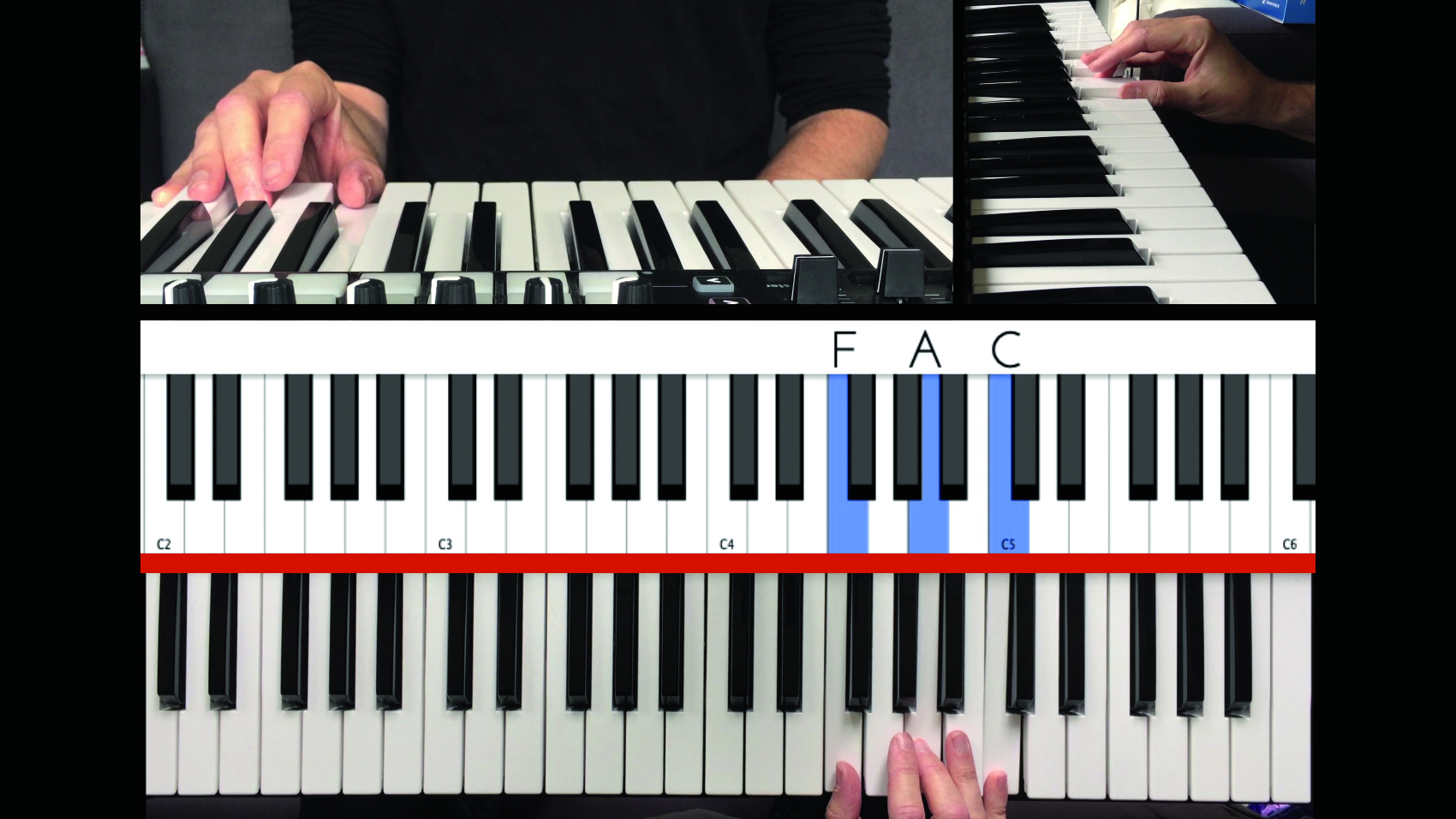
Step 6: Work your way up and down the scale, keeping the chord shape intact each time you move chords – you’ll end up playing a diatonic, harmonised C major scale - C major (C, E, G), D minor (D, F, A), E minor (E, G, B), F major (F, A, C), G major (G, B, D), A minor (A, C, E), B diminished (B, D, F) and C major again (C, E, G).
- The best pianos for home, studio and stage
- The best digital pianos for all budgets
Computer Music magazine is the world’s best selling publication dedicated solely to making great music with your Mac or PC computer. Each issue it brings its lucky readers the best in cutting-edge tutorials, need-to-know, expert software reviews and even all the tools you actually need to make great music today, courtesy of our legendary CM Plugin Suite.
